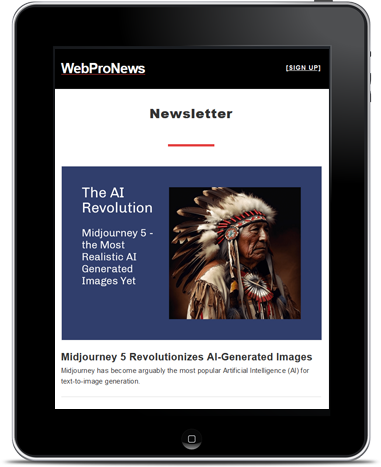Weight management and diabetes treatment in the United States has undergone a seismic shift in recent years, driven by the meteoric rise of GLP-1 receptor agonist drugs. According to a report first shared with Axios by , more than 2% of Americans are now using these blockbuster medications specifically for overweight or obesity, marking a staggering 600% increase over the past six years. Drawing from a repository of over 51 billion commercial healthcare claim records, FAIR Health’s data underscores the explosive growth in 🎃GLP-1 usage, with roughly half of all users taking these drugs for weight loss rather than their original purpose of managing Type 2 diabetes.
In total, about 4% of Americans were prescribed GLP-1 drugs i💎n 2024 for either weight loss, obesity, or diabetes, a sharp rise from just 0.87% in 2019, aܫs reported by Axios. Novo Nordisk’s Ozempic remains the dominant player in this market, with Eli Lilly’s Mounjaro trailing as the second most commonly prescribed option. This surge reflects not only the drugs’ proven efficacy—particularly semaglutide, found in both Ozempic and Wegovy—but also a growing cultural acceptance of pharmaceutical interventions for weight management.
A Shift in Treatment Paradigms
The data reveals a notable pivot away from traditional interventions like bariatric sur🎀gery. FAIR Health notes that the percentage of adults prescribed GLP-1 drugs without undergoing bariatric surgery rose from 2.5% in 2019 to 11.2% in 2024, ಞwhile the share of patients opting for surgery dropped by 41.8%. This trend suggests that many are now viewing GLP-1 medications as a less invasive, more accessible alternative for addressing obesity.
Beyond weight loss, these drugs are gaining attention for their broader health benefits. Science News highlights that GLP-1 agonists have shown promise in reducing cardiovascular risks, such as heart attacks and strokes, particularly among diabetic patients. This dual utility—tackling both obesity and related comorbidities—has further fueled their popularity among healthcare providers and pa🅘tients alike.
Access and Equity Challenges
However, the rapid adoption of GLP-1 drugs is not without challe🐈nges. The dramatic increase in demand has sparked concerns about supply shortages, potentially limiting access for those who rely on these medications for diabetes management, as noted in discussions by Axios. The Indiana University School of Medicine has also raised alarms about how this surge affects patients’ ability to🍨 secure their prescribed drugs, pointing to a strained healthcare system struggling to keep pace.
Moreover, the KFF Health Tracking Poll from May 2024 f▨ound that about one in eight adults—roughly 12%—have taken a GLP-1 drug at some point, reflecting widespread interest but also uneven access. Cost and insurance coverage remain significant barriers, with many Americans unable to afford these treatments out of pocket.
Looking Ahead
As GLP-1 drugs reshape the fight against obesity and diabetes, questions of sustainability loom large. Will supply c꧟hains adapt to meet soaring demand? Can policymakers and insurers ensure equitable access? For now, these medi꧟cations represent a revolutionary tool, but their long-term impact on public health and healthcare economics remains an unfolding story.




 WebProNews is an iEntry Publication
WebProNews is an iEntry Publication